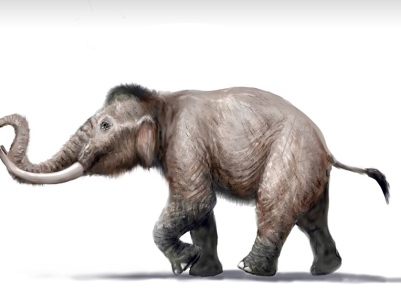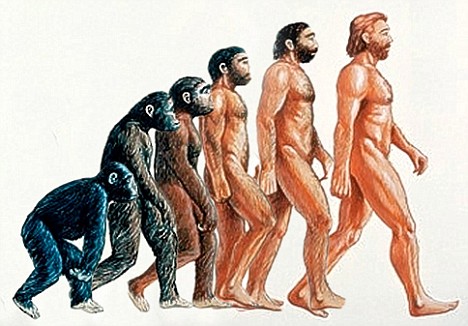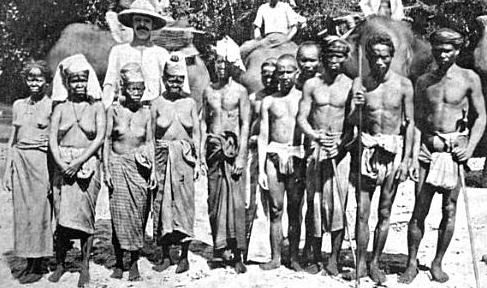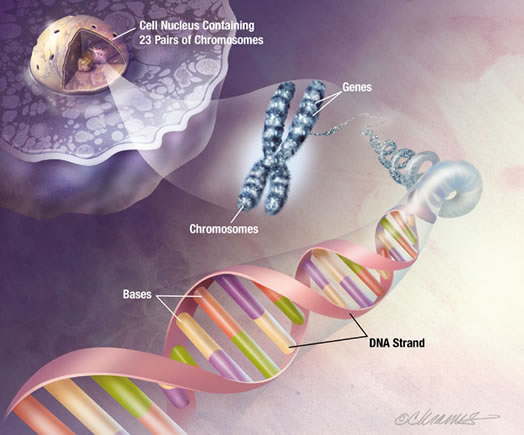 I guess today will be one of those days that I focus more on a ecological and evolutionary frame than biological or mechanics. The next subject I wanted to raise is the process of Insular Dwarfism.
I guess today will be one of those days that I focus more on a ecological and evolutionary frame than biological or mechanics. The next subject I wanted to raise is the process of Insular Dwarfism.
Insular Dwarfism is the process where though a line of generations, the size of a species actually decreases because the amount of space the species population can inhabit is very limited. This type fo phenonmenon is a smaller part of what scientists call the “island rule” (or better known as Foster’s Rule) where when animals and organisms from a larger mainland is transported to a smaller limited land like an island, the large animals decrease in size while the smaller animals increase in size. Foster’s rule (also known as the island rule) is a principle in evolutionary biology stating that members of a species get smaller or bigger depending on the resources available in the environment.
The main ideas on why this phenomenon occurs are stated from the Wikipedia Article on Insular Dwarfism found HERE.
There are several proposed explanations for the mechanism which produces such dwarfism.
One is a selective process where only smaller animals trapped on the island survive, as food periodically declines to a borderline level. The smaller animals need fewer resources and smaller territories, and so are more likely to get past the break-point where population decline allows food sources to replenish enough for the survivors to flourish. Smaller size is also advantageous from a reproductive standpoint, as it entails shorter gestation periods and generation times.
In the tropics, small size should make thermoregulation easier.
Among herbivores, large size confers advantages in coping with both competitors and predators, so a reduction or absence of either would facilitate dwarfing; competition appears to be the more important factor.
Among carnivores, the main factor is thought to be the size and availability of prey resources, and competition is believed to be less important. In tiger snakes, insular dwarfism occurs on islands where available prey is restricted to smaller sizes than are normally taken by mainland snakes. Since prey size preference in snakes is generally proportional to body size, small snakes may be better adapted to take small prey.
Me: It would thus be true that for endothermic mammals like humans which need a rather large amount of land to survive, the process of being moved from a mainland to an island will most likely result in the size of the people there being reduced. To make sure that one’s future generation will only increase in size, thus follow the Cope’s Rule, one should be focused on getting enough space and resources to thrive. Noting also Bergmann’s Rule and Allen’s Rule, we could also add that we should focus on finding places that is not close to the equator to minimuize our surface area to volume ratio but not at the expense of limb length.
To learn more about island dwarfism, and it’s reverse island gigantism, go to the link HERE.





